As the capital of Shaanxi Province. Xi’an is one of the oldest cities in China, and the oldest of the Four Great Ancient Capitals. The city held the position under several of the most important dynasties in Chinese history, including Western Zhou, Qin, Western Han, Sui, and Tang Dynasty.
Xi’an is also the starting point of the Silk Road, and is home to the Terracotta Army of Emperor Qin Shi Huang. Since the 1990s, the city of Xi’an has re-emerged as an important cultural, industrial and educational center of the central-northwest region. Notably, it was part of the economic revival of inland China, especially for the central and northwest regions. It has facilities for research and development, national security, and space exploration.
One Day Wonders (Spots in the City)
Bell Tower of Xi’an
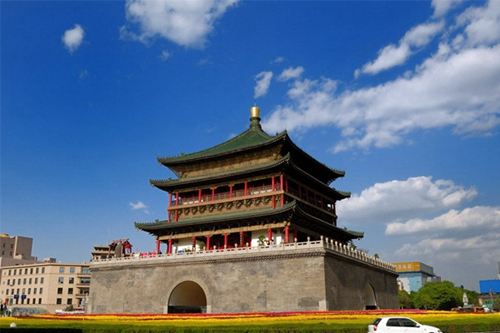
The Bell Tower of Xi’an built in 1384 during the early Ming Dynasty, is a symbol of the city of Xi’an and one of the grandest of its kind in China. What’s more, the Bell Tower also contains several large bronze-cast bells from the Tang Dynasty. The tower base is square and it covers an area of 1,377 m². The tower is a brick and timber structure and close to 40m high. It is located in the center of Xi’an, at the intersection of the four streets of the east, west, south and north. It is the largest and most preserved one amongst the many bell towers left over from ancient China.
The Drum Tower of Xi’an
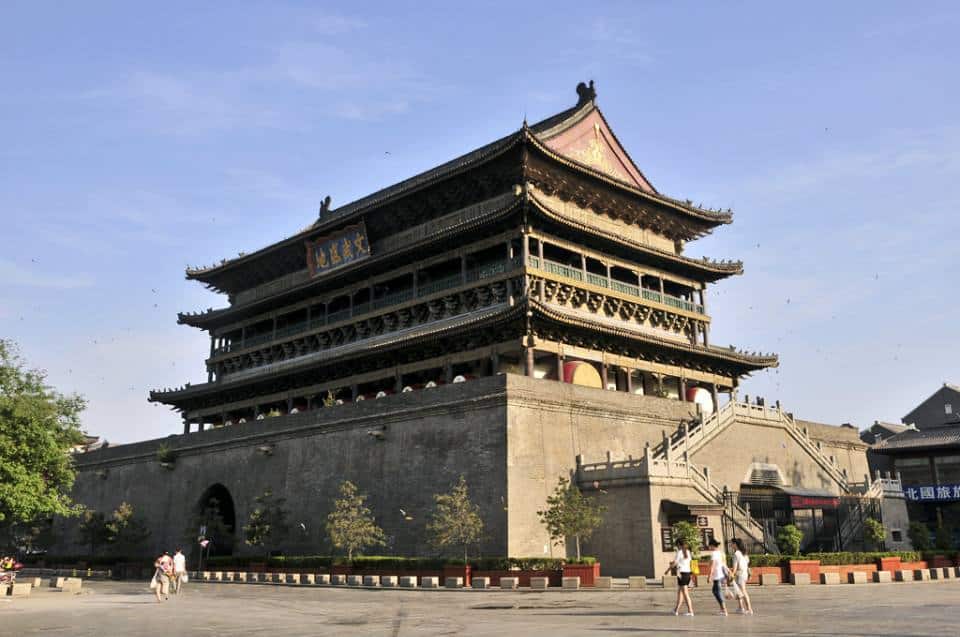
The Drum Tower of Xi’an, located in the heart of Xi’an in Shaanxi province of China, along with the Bell Tower is a symbol of the city. Erected in 1380 during the early Ming Dynasty, it stands towering above the city center and offers incredible view of Xi’an. The Drum Tower got its name from the huge drum located within the building. In contrast to the Bell Tower, where bells ring at dawn, drums at sunset signify the end of the day.
Shaanxi History Museum
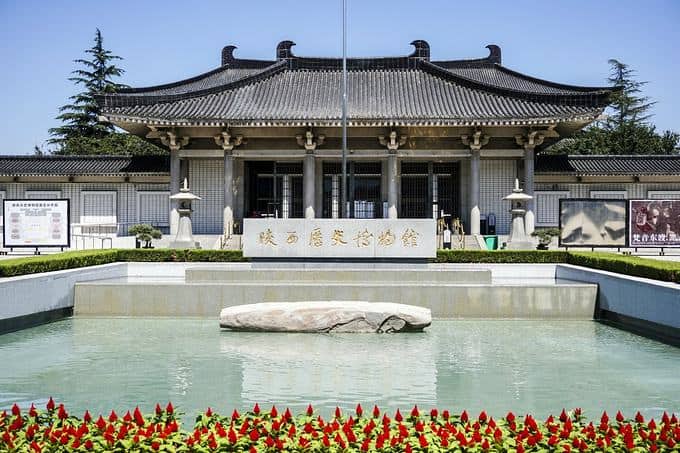
Shaanxi History Museum, which is located to the northwest of the Giant Wild Goose Pagoda in the ancient city Xi’an, in the Shaanxi province of China, is one of the first huge state museums with modern facilities in China and one of the largest.
All in all, the museum houses over 370,000 items, including murals, paintings, pottery, and coins, as well as bronze, gold, and silver objects. The modern museum was built between 1983 and 2001 and its appearance is reminiscent of the architectural style of the Tang Dynasty.
Giant Wild Goose Pagoda

Giant Wild Goose Pagoda or Big Wild Goose Pagoda, is a Buddhist pagoda located in southern Xi’an, Shaanxi, China. The pagoda was built in 652 during the Tang dynasty and originally had five stories. In 704, the structure was rebuilt, during the reign of Empress Wu Zetian. Its exterior brick facade was renovated during the Ming dynasty.
Wolong Temple
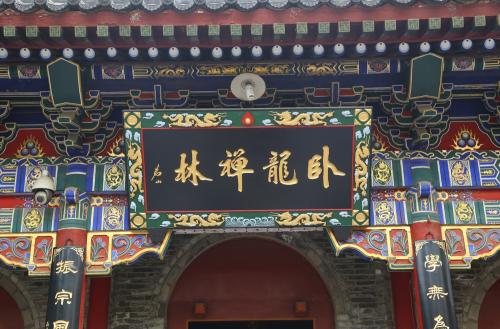
Wolong Temple is located on Baishulin St., Beilin District, Xi’an, Shaanxi Province of China. According to the stele in the temple, it was built during Lingdi’s reign of the Han Dynasty over 1800 years ago. It was called “Fu Ying Chan Yuan” during the Sui Dynasty. The temple kept a painting of Guanyin drawn by Wu Daozi in the Tang Dynasty. The temple became known as “Guanyin Temple”. Lastly, it was renamed “Wolong Temple” during Taizong’s reign of the Song Dynasty.
The Daming Palace
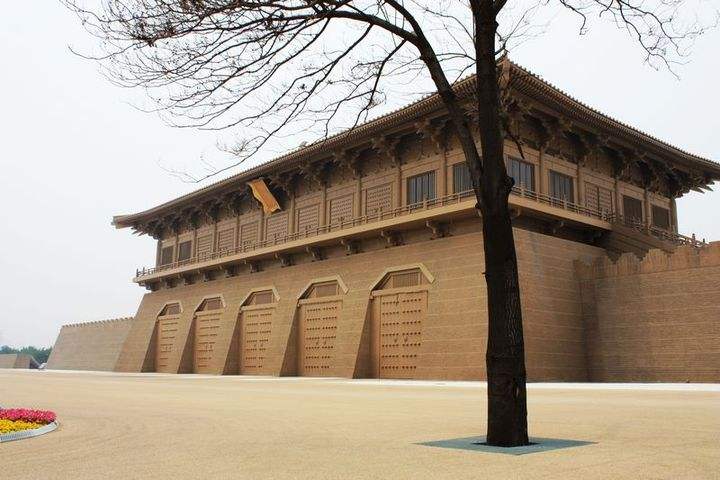
Daming Palace was the imperial palace complex of the Tang dynasty, located in its capital Chang’an. The palace served as the imperial residence of the Tang emperors for over 220 years. Today, it is a national heritage site in China. The area is located northeast of present-day Xi’an, Shaanxi Province.
Weekend Getaways
Mount Hua
*CURRENTLY NOT OPEN TO FOREIGNERS

Mount Hua is a mountain located near the city of Huayin in Shaanxi province, about 120 kilometres east of Xi’an. It is the western mountain of the Five Great Mountains of China, and has a long history of religious significance. The mountains were originally classified as having three peaks. In modern times, the mountain is classified into five main peaks, with the highest of these being the South Peak at 2,154.9 metres.
Banpo
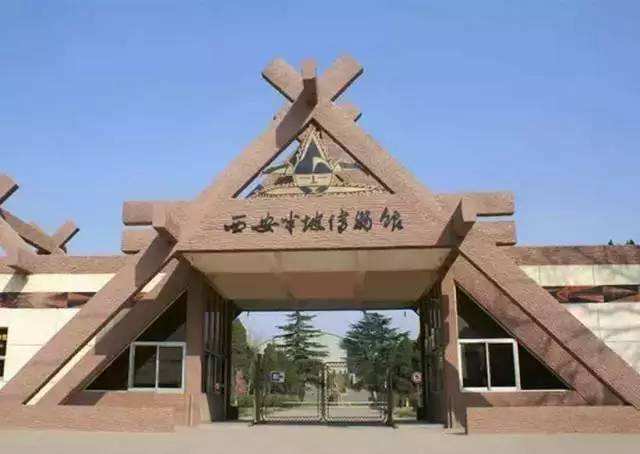
Banpo is an archaeological site which was first discovered in 1953. It is located in the Yellow River Valley just east of Xi’an, China. It contains the remains of several well-organized Neolithic settlements, like Jiangzhai, carbon dated to 6700–5600 years ago. The area spans approximately 5 to 6 hectares.
It is surrounded by a ditch which is believed to be a defensive moat. The moat is 5 to 6 meters (16 to 20 ft) wide. The houses used to be circular, built of mud, wood and thatched roofs. They sat on low foundations. There appear to be communal burial areas here.
Huaqing Pool
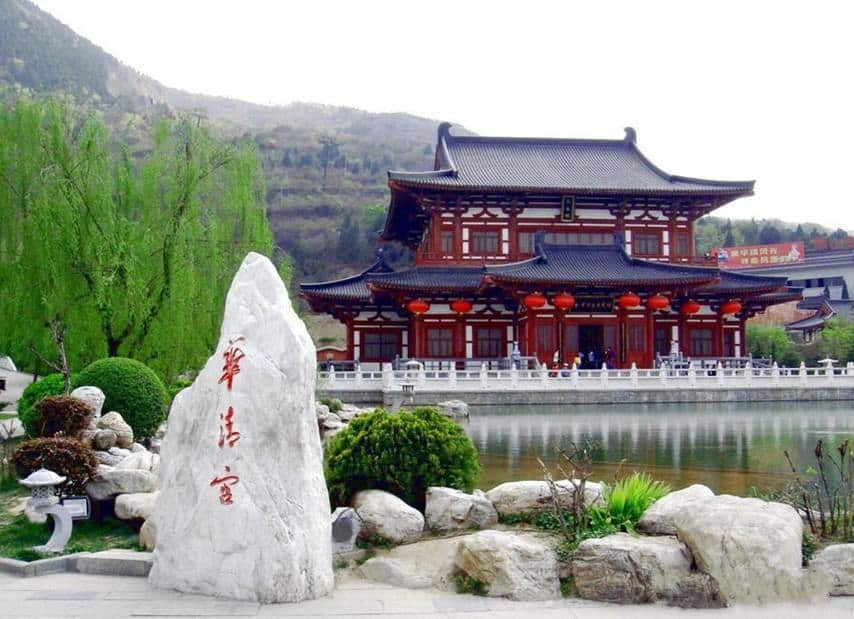
Huaqing Pool, or the Huaqing Hot Springs, are a complex of hot springs. The springs are located in an area characterized by mild weather and scenic views at the northern foot of Mount Li, which is one of the three major peaks of the Qinling. The Huaqing Hot Springs are located approximately 25 km east of Xi’an, in the province of Shaanxi, China. The spring uses locally-occurring geothermal heating and has a long documented history of almost three millennia.
In brief, the spring served as the location for several palaces built during the reigns of past Chinese dynastic rulers. These include King You of the Zhou dynasty, Qin Shi Huang of the Qin dynasty, and Wu Han of the Han dynasty.
Mount Li

Mount Li is a mountain located in the northeast of Xi’an in Shaanxi Province, China. The mountain is part of the Qinling mountain range and rises to a height of 1302 metres above sea level. It is one of the eight scenic spots of the Guanzhong Plain and is popularly said to “shine like a beacon in the evening sunlight”.
